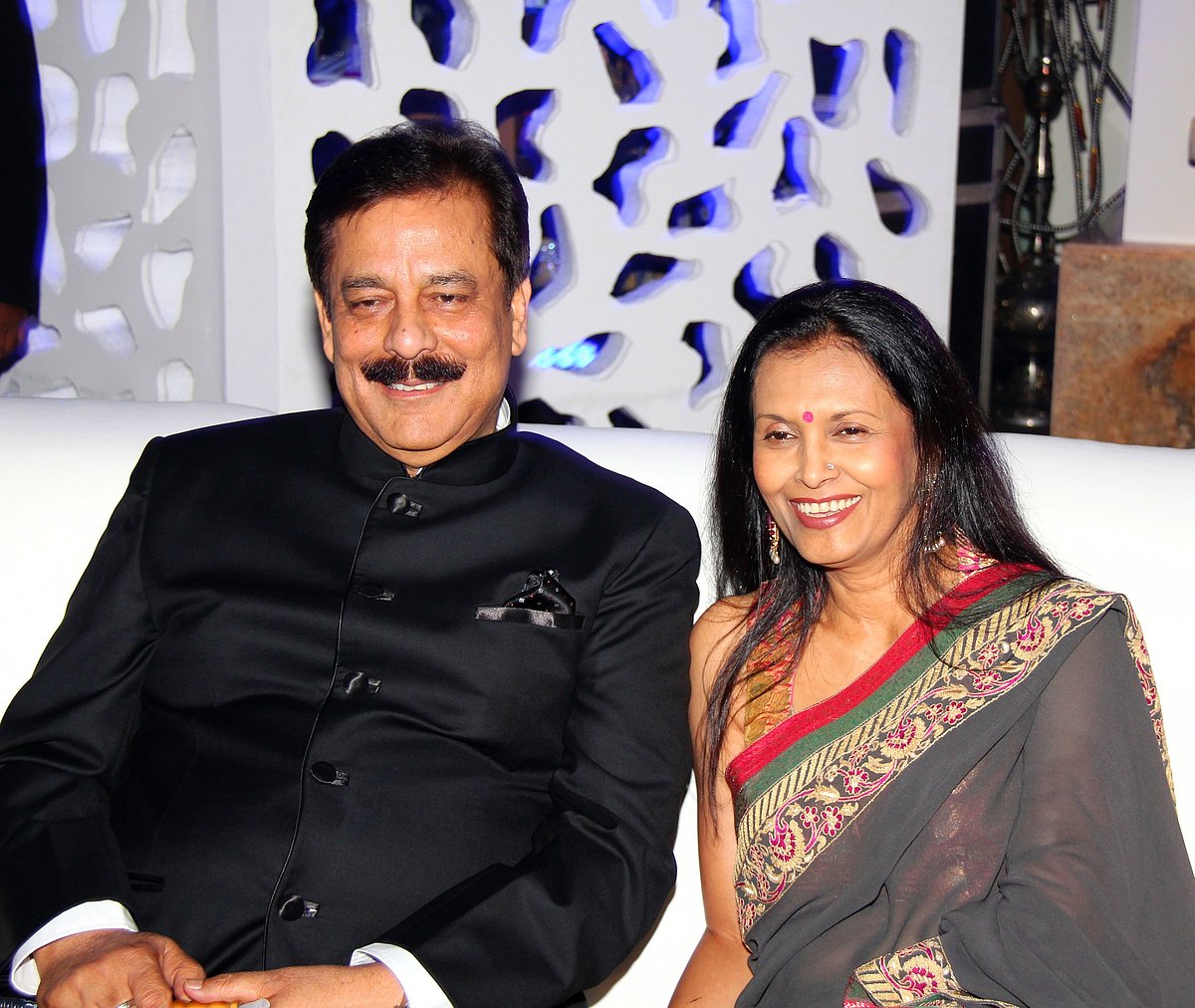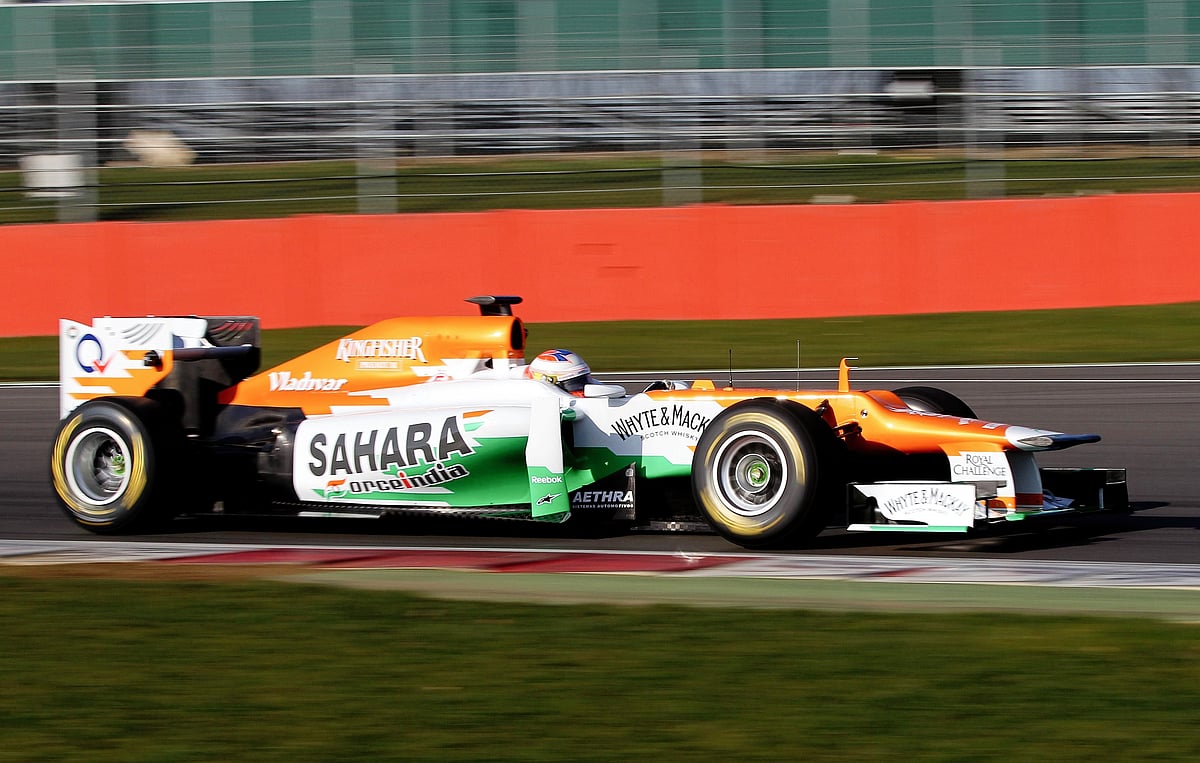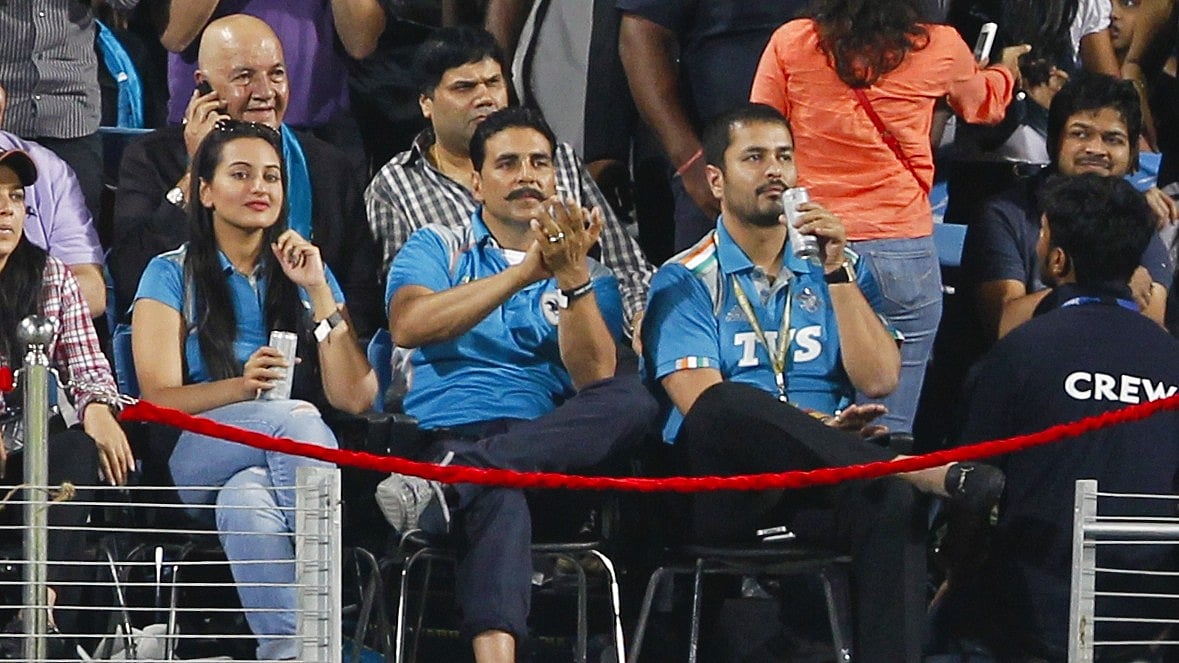Subrata Roy ‘Sahara’ (1948-2023): A life of king-size excess
The flamboyant businessman who grew up in Gorakhpur and made Lucknow his home was a colourful personality with a larger-than-life image, but controversy was never far behind

His name evoked reverence and fear in equal measure. Along the way, he seemingly picked up 'controversy' as a middle name, though for thousands of his employees, Subrata Roy 'Sahara' was nothing short of a demi-god. At one time, he was said to have a workforce of 1.2 million people, in what he insisted on calling the ‘Sahara Parivar’ (family).
Born into a modest family, he had a modest enough beginning, driving a Lambretta scooter and delivering namkeen (salted snacks) to shops, he claimed. The scooter he rode was later placed in a glass cage at the Sahara office in Aliganj (Lucknow) as a reminder of his rags-to-riches story.
However, his meteoric rise, it was rumoured, had a lot to do with the benami (proxy) wealth of a former Uttar Pradesh chief minister who died suddenly. Roy himself attributed the rise to the unprecedented success of ‘para-banking’, which he once claimed constituted 98 per cent of his business.
At the height of his success, he had launched an airline, several TV channels, dabbled in real estate, launched several newspapers, and produced several Bollywood hits. He had also built the sprawling Sahara Shahar, a complex complete with a helipad and one of the country's largest auditoriums, where he would invite Bollywood stars to entertain his guests. Amitabh Bachchan and Shah Rukh Khan were regulars, along with a bevy of starlets. Golf carts would ferry visitors within the complex as visitors’ cars had to be left outside.
Known as ‘yaaron ke yaar’ (a loyal friend), he was also known to offer jobs to anyone and everyone he liked. Learning of the death of an old friend from his struggling days, he dropped in to offer his condolences and returned after offering an astronomical sum to the deceased’s daughter who had just graduated.
Generous to a fault, he ensured that a car would take her to Sahara Shahar and back. The woman resigned after a year because, as she explained, there was no work, and she was not learning anything on the job. But what he valued was loyalty, and went out of his way to reward those who remained loyal to him.

He also built the luxury township of Amby Valley, which he would describe as the ninth wonder of the world and where guests could play golf at night under floodlights. In the late 1990s, on a whim, he began celebrating ‘Bharat Parva’ at Sahara Shahar in Lucknow.
Invitations were sent out to politicians, bureaucrats, judges and journalists across India, all flown to Lucknow on Sahara Airlines and given red-carpet treatment, complete with hospitality, transport and parting gifts. While the carnival was meant as a festival of nationalism, it ended as abruptly and as impulsively as it had begun.
Needless to add, the income tax department was a near constant presence in his life and, on several occasions, sent him notices to cooperate with the investigations and pay taxes the department felt he had not paid. On each occasion, he would respond by issuing advertisements in newspapers explaining who his depositors were, among them Union ministers, MPs, national and state-level politicians and influential bureaucrats.
Thousands of names would be released and published on several pages, intimidating income tax officers into beating a hasty retreat. Some who dared to send him notices were summarily transferred out, and income tax tribunals invariably accepted his explanations.

Few media houses questioned one of the country's largest advertisers, feeling there was little to gain by crossing his path. Besides, he was close to Mulayam Singh Yadav and the Samajwadi Party as their rise coincided with his own. He was also close to the BJP and Atal Bihari Vajpayee, organising helicopters to shower rose petals on him when Vajpayee, who had lived in Lucknow for a long time, became prime minister.
He was also ruthless in going after newspapers and journalists who dared criticise him, filing cases against them in courts from Kerala to Kanpur. One of the rare settlements he reached out of court was with the late CR Irani, the redoubtable chief editor of The Statesman.
Roy’s assets in 2014 included New York’s Plaza Hotel, and Grosvenor House Hotel in London. Sahara had sponsored the Indian cricket team between 2002 and 2013 besides sponsoring the hockey team. He was also co-owner of the former Force India Formula One team. Sahara claimed to be one of the largest Indian conglomerates with 9 crore investors and consumers, and a net worth of Rs 2,59,900 crore. He had also bought an IPL team, the Pune Warriors.

All of it, however, had begun to unravel in 2011, when the Securities and Exchange Board of India (SEBI) ordered Sahara India Real Estate Corporation Ltd and Sahara Housing Investment Corporation Ltd to refund money raised from nearly 3 crore investors through optionally fully convertible bonds.
After a prolonged process of appeals and cross-appeals, the SC upheld the SEBI's directive on 31 August 2012, asking the two firms to refund the money collected from investors with 15 per cent interest.
In 2014, an income tax search and seizure exercise in a Sahara guesthouse in south Delhi's Greater Kailash-1 yielded spreadsheets with details of huge donations Roy had made to political leaders in the run up to the 2014 general elections. The sheets were reportedly elaborate and even recorded such details as vehicle numbers, names of drivers, and details of when, where and by whom the cash was delivered.
The case was initially buried by the department, but 2014 was also the year when, mysteriously and despite all his donations, Roy was placed in Tihar Jail on the orders of the SC. The court made it clear that the billionaire would not be released until he brought in Rs 5,000 crore in cash and Rs 5,000 crore by way of bank guarantee.
Roy spent more than two years in jail before being released on parole in 2017, but was sent back to prison on the issue of property status, and most of his properties were attached by the income tax department. In November 2020, SEBI asked the SC to cancel Roy’s parole if he didn’t pay up Rs 62,600 crore.
It is perhaps fitting that even in death, the one-time tycoon remains a controversial figure, with the process of refunds ordered by SEBI in 2011 still ongoing, and questions arising about a tranche of Rs 25,000 crore still parked with SEBI as undistributed funds.
According to the market regulator's latest annual report, it issued Rs 138.07 crore in refunds over 11 years to investors of the two Sahara Group firms mentioned above. But in life as in death, Roy has left us with a poser.
With inputs from agencies
Follow us on: Facebook, Twitter, Google News, Instagram
Join our official telegram channel (@nationalherald) and stay updated with the latest headlines
